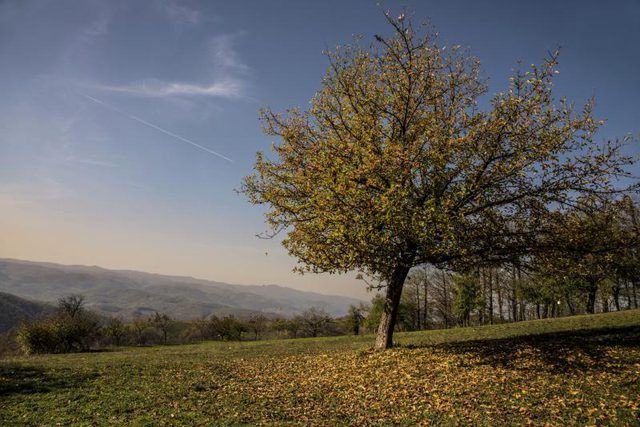Bulbs
Flower Basics
Flower Beds & Specialty Gardens
Flower Garden
Garden Furniture
Garden Gnomes
Garden Seeds
Garden Sheds
Garden Statues
Garden Tools & Supplies
Gardening Basics
Green & Organic
Groundcovers & Vines
Growing Annuals
Growing Basil
Growing Beans
Growing Berries
Growing Blueberries
Growing Cactus
Growing Corn
Growing Cotton
Growing Edibles
Growing Flowers
Growing Garlic
Growing Grapes
Growing Grass
Growing Herbs
Growing Jasmine
Growing Mint
Growing Mushrooms
Orchids
Growing Peanuts
Growing Perennials
Growing Plants
Growing Rosemary
Growing Roses
Growing Strawberries
Growing Sunflowers
Growing Thyme
Growing Tomatoes
Growing Tulips
Growing Vegetables
Herb Basics
Herb Garden
Indoor Growing
Landscaping Basics
Landscaping Patios
Landscaping Plants
Landscaping Shrubs
Landscaping Trees
Landscaping Walks & Pathways
Lawn Basics
Lawn Maintenance
Lawn Mowers
Lawn Ornaments
Lawn Planting
Lawn Tools
Outdoor Growing
Overall Landscape Planning
Pests, Weeds & Problems
Plant Basics
Rock Garden
Rose Garden
Shrubs
Soil
Specialty Gardens
Trees
Vegetable Garden
Yard Maintenance
What Kind of Soil Do Apple Trees Like?
What Kind of Soil Do Apple Trees Like?. Apple trees (Malus domestica) grow in all 50 states, which attests to their adaptability, but the right soil produces even more and better-tasting fruit. To provide your tree with the best soil, you first need to analyze what you have and amend it as needed. Apples generally grow in U.S. Department of...

Apple trees (Malus domestica) grow in all 50 states, which attests to their adaptability, but the right soil produces even more and better-tasting fruit. To provide your tree with the best soil, you first need to analyze what you have and amend it as needed. Apples generally grow in U.S. Department of Agriculture plant hardiness zones 3 through 9, depending on the variety.
Let It Drain
Apple trees grow best with good soil drainage so their roots don't rot from sitting in soggy soil. Test your soil by digging a 2-foot hole and filling it with water. Let the water drain and then refill the hole again. If the water is still there after 12 hours, you need to improve the texture of the soil, build up a berm or raised bed of well-draining soil for planting or to plant your tree 2 to 4 inches higher in the ground than it was when you bought it. When building a berm or raised bed, use a high quality garden soil to amend the raised area.
First Steps to Better Drainage
You can change your soil from a hard-pack clay texture to the well-draining sandy loam or sandy-clay-loam soil where your apple tree will thrive by digging down through a compacted clay surface with a pickaxe, rototiller or rented jackhammer. Changing the soil to a depth of 3 feet is best, but your tree will thrive with well-draining soil down to 1 1/2 feet if you are careful not to overwater.
Organic Material for Well-Draining Soil
Rather than adding organic material, such as decomposed leaves and grass, aged manure or ground bark directly to the tree's planting hole to improve the draining capacity, rototill any of these materials into the soil around the planting site before you dig the hole. In soils that are heavy like clay, organic materials decompose more slowly and can be toxic or cause rot problems to the apple trees roots, so adding these materials directly to the planting hole is not advised, according to University of California Agriculture and Natural Resources. Add a 1 cubic foot bag of organic material for each 100 square feet of planting space. The soil texture is right when you can squeeze a damp ball of soil in your hand and it is only slightly crumbly, but still holds the ball shape.
The Chemistry of Soil
Apples grow best in soil that has a pH between 5.8 and 6.5, which is slightly acidic. You can buy a test kit from a garden center to check the soil pH. For soil with a low pH, add 5 pounds of a lime product for each 100 square feet of soil surface. To lower the pH, add either aluminum sulfate for immediate changes or sulfur for changes over a few months. The amount of these products varies depending on your soil, but generally, for each 10 square feet of soil with a high pH, use 2 pounds of aluminum sulfate or 0.3 pounds of sulfur.